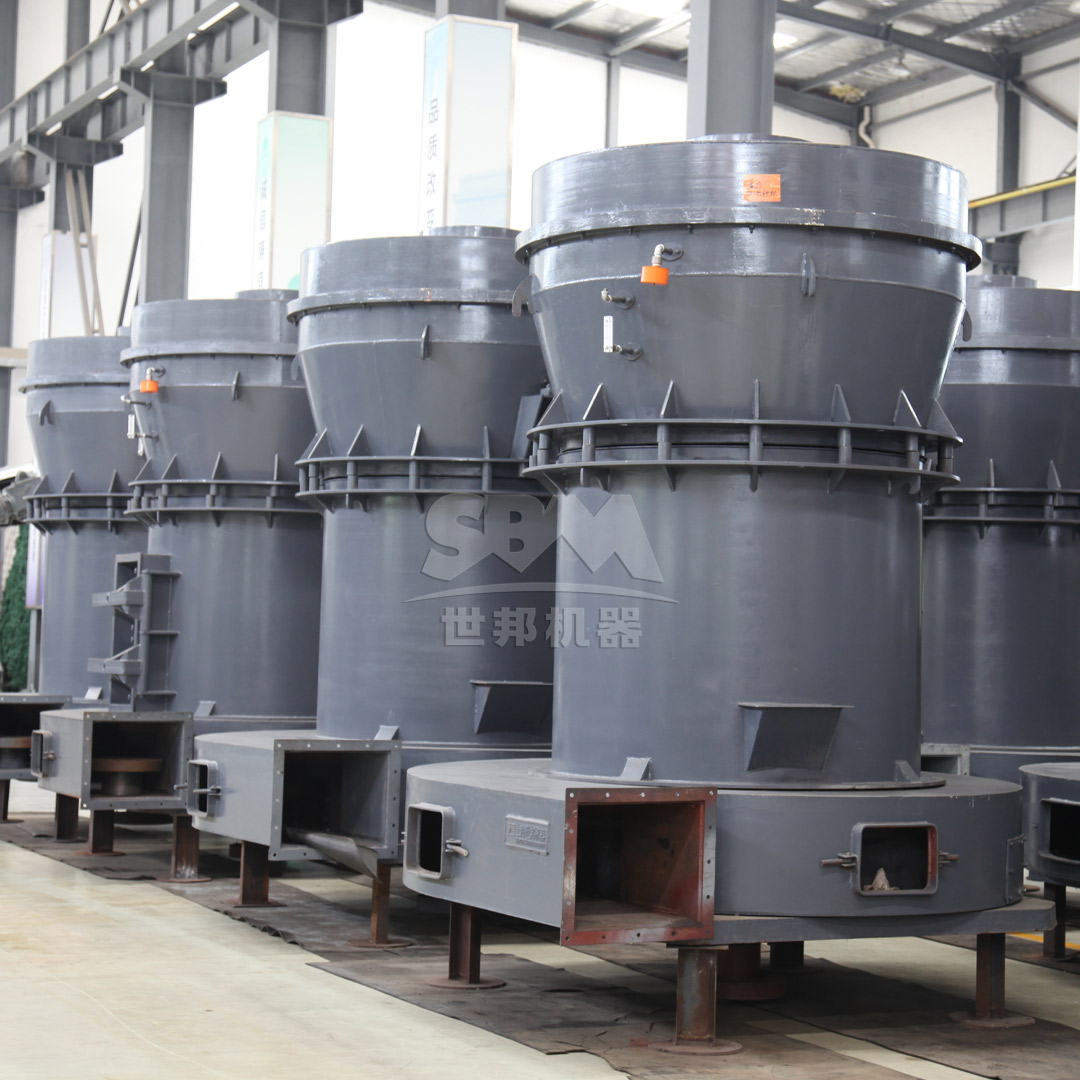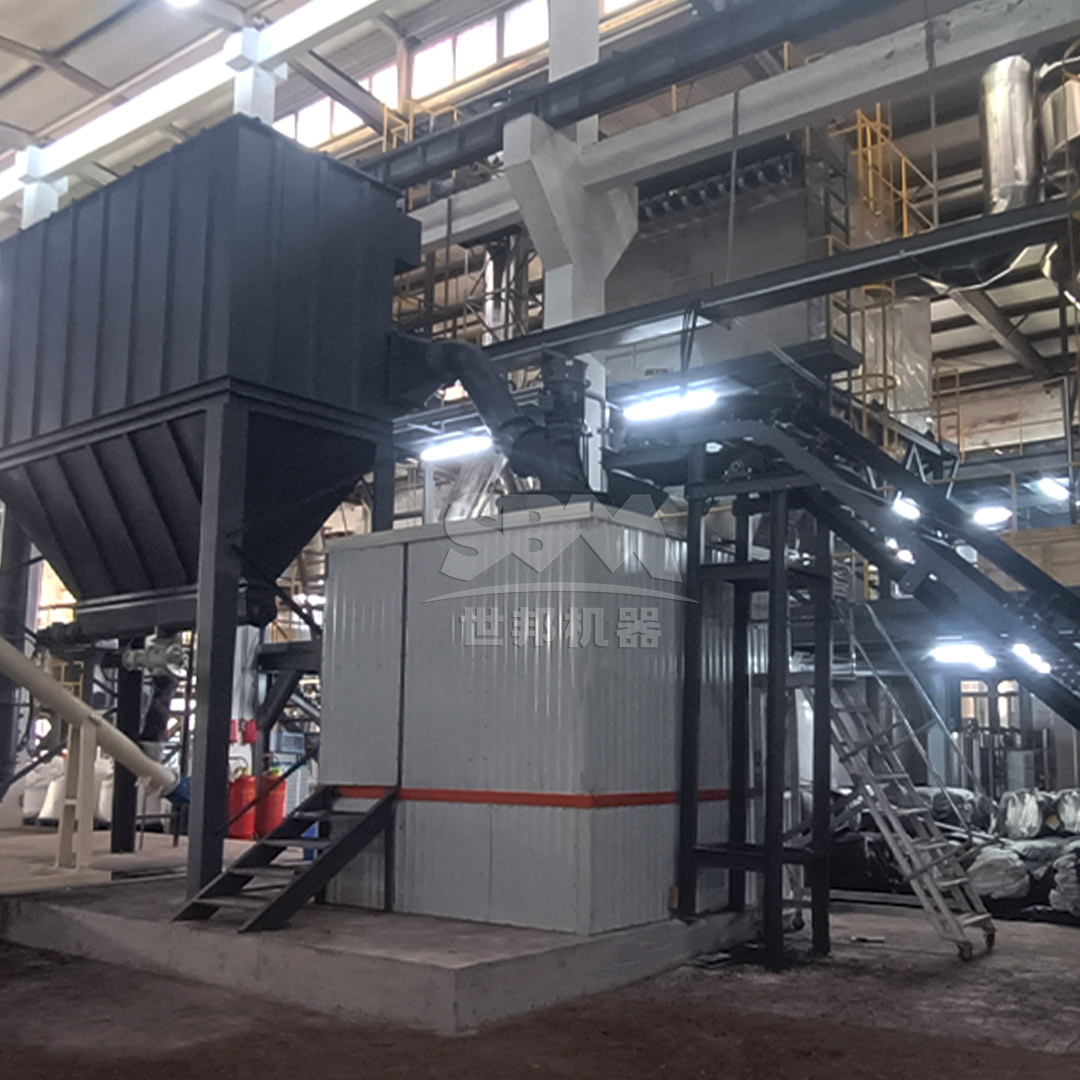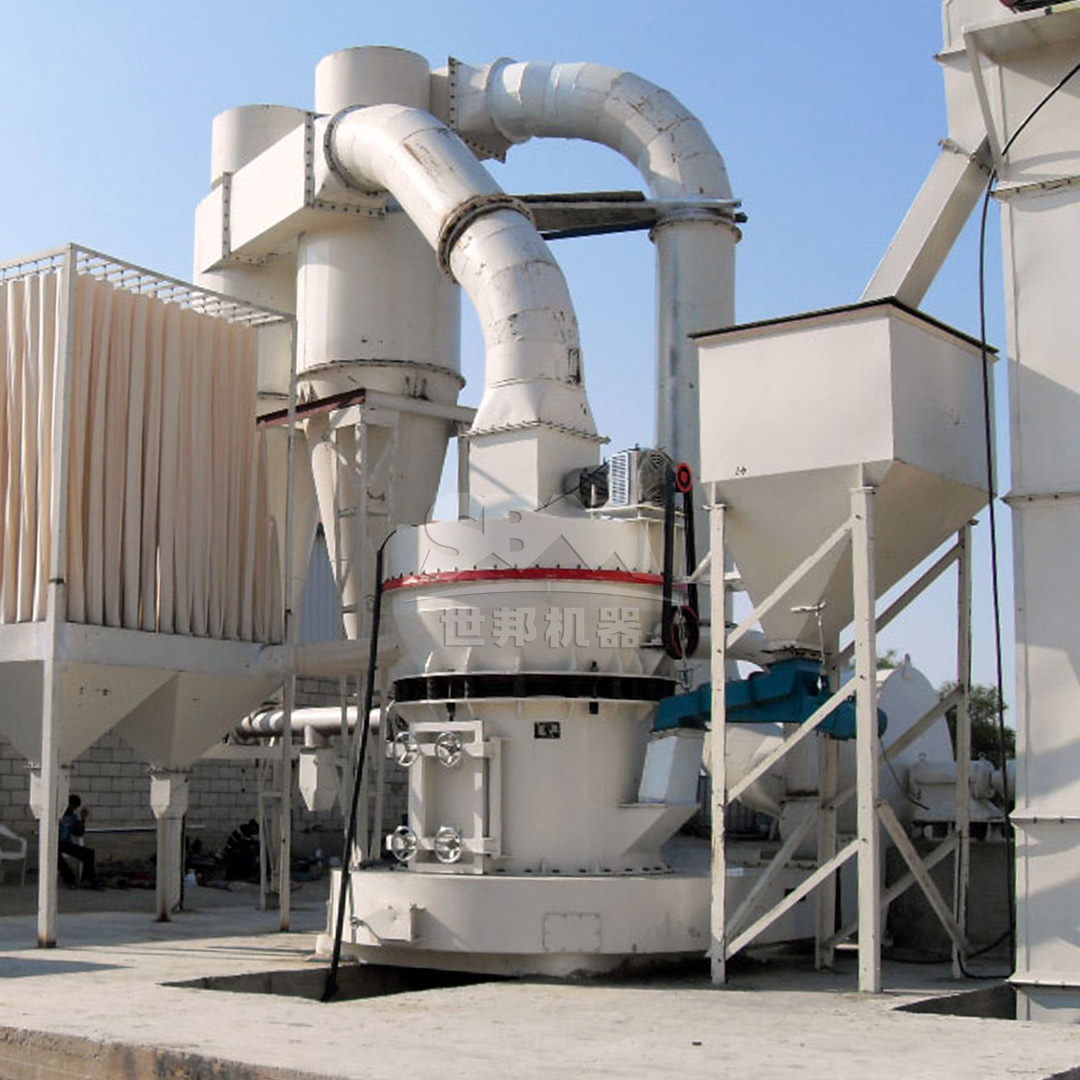The cement industry has witnessed remarkable technological advancements in grinding equipment over the past decades, with vertical roller mills (VRMs) emerging as the preferred solution for raw material, coal, and cement grinding. These mills offer significant advantages over traditional ball mills, including higher energy efficiency, lower operating costs, and reduced environmental impact. This article explores the latest innovations in vertical roller mill design specifically tailored for cement grinding applications.
Vertical roller mills have evolved from simple grinding machines to sophisticated integrated systems that combine multiple processes in a single unit. The fundamental principle remains the same: material is ground between a rotating table and rollers under hydraulic pressure. However, modern VRMs incorporate advanced features that have dramatically improved their performance and reliability.
The journey from conventional ball mills to vertical roller mills represents one of the most significant efficiency improvements in cement production. While ball mills typically operate at 25-30 kWh/t for cement grinding, modern VRMs can achieve specific energy consumption as low as 25-35 kWh/t, representing energy savings of 30-50% compared to traditional systems.
Modern VRMs feature optimized grinding geometry that maximizes the efficiency of the grinding process. The shape and profile of rollers and grinding tables have been refined through computational fluid dynamics and finite element analysis to ensure optimal material bed formation and pressure distribution. These improvements have led to more consistent product quality and reduced wear rates.
The latest designs incorporate asymmetrical roller profiles that create a more uniform pressure distribution across the grinding bed. This innovation reduces localized wear and extends the operational life of grinding components by up to 40% compared to conventional symmetrical designs.
Advanced automation and control systems represent another major innovation in VRM technology. Modern mills are equipped with sophisticated sensors that monitor critical parameters such as grinding pressure, material bed thickness, vibration levels, and temperature in real-time. These data are processed by expert systems that automatically adjust operational parameters to maintain optimal performance.
Artificial intelligence and machine learning algorithms are increasingly being integrated into VRM control systems. These technologies can predict maintenance needs, optimize grinding parameters based on material characteristics, and automatically respond to changes in feed quality, ensuring consistent product quality while minimizing energy consumption.
The efficiency of the separation process significantly impacts the overall performance of vertical roller mills. Modern high-efficiency separators feature improved rotor designs with adjustable blade angles and rotational speeds, enabling precise control over product fineness. Some advanced models incorporate multiple separation stages within a single unit, further enhancing classification efficiency.
Dynamic separators with frequency-controlled drives allow operators to fine-tune the product size distribution without stopping the mill. This capability is particularly valuable in cement grinding, where different cement types require specific particle size distributions to achieve optimal strength development and performance characteristics.
Wear protection has seen substantial improvements with the development of advanced composite materials and specialized hardfacing technologies. Modern VRMs utilize high-chromium cast iron for grinding components, offering superior abrasion resistance while maintaining adequate fracture toughness. Some manufacturers have introduced ceramic-reinforced composites that provide exceptional wear resistance in the most demanding applications.
Innovative hardfacing techniques, including automated welding systems with specialized alloys, have extended the service life of grinding components. These technologies allow for in-situ repair of worn surfaces, reducing downtime and replacement costs. The latest developments include smart wear monitoring systems that use embedded sensors to track component wear in real-time, enabling predictive maintenance scheduling.
| Component | Traditional Material | Advanced Material | Life Improvement |
|---|---|---|---|
| Grinding Rollers | Ni-Hard Cast Iron | High-Chromium Cast Iron | 40-60% |
| Grinding Table | Carbon Steel | Composite Ceramic | 70-100% |
| Separator Blades | Mild Steel | Wear-Resistant Steel | 50-80% |

Modern VRMs offer substantial environmental advantages over traditional grinding systems. Their enclosed design minimizes dust emissions, while advanced filtration systems ensure that particulate emissions remain well below regulatory limits. Noise levels are significantly reduced through optimized mechanical design and acoustic insulation, creating a safer and more comfortable working environment.
From an operational perspective, VRMs provide greater flexibility in product fineness control and faster response to changes in operating parameters. The ability to dry, grind, and classify in a single unit simplifies the process flow and reduces the plant footprint. Additionally, modern VRMs can accommodate a wider range of feed materials, including moist raw materials that would require additional drying in conventional systems.
Among the innovative solutions available in the market, our LM Series Vertical Roller Mill represents the cutting edge of cement grinding technology. This advanced mill system incorporates multiple technological innovations that deliver exceptional performance in cement production applications.
The LM Series features a compact integrated design that combines crushing, grinding, drying, and classification functions in a single unit, reducing footprint requirements by up to 50% compared to traditional systems. With specific energy consumption 30-40% lower than ball mill systems, the LM Series offers substantial operational cost savings while maintaining superior product quality.
Key technical advantages of the LM Series include:
For operations requiring ultra-fine grinding capabilities, our SCM Ultrafine Mill provides an excellent solution with output fineness ranging from 325 to 2500 mesh (D97≤5μm). This mill incorporates advanced vertical turbine classification technology that ensures precise particle size control without coarse powder contamination. The SCM series delivers energy savings of up to 30% compared to jet mills while offering twice the production capacity.

| Parameter | Traditional VRM | Modern VRM (LM Series) | Improvement |
|---|---|---|---|
| Specific Energy Consumption | 40-45 kWh/t | 25-35 kWh/t | 30-40% |
| Wear Part Life | 4,000-6,000 hours | 8,000-12,000 hours | 80-100% |
| Availability | 85-90% | 92-96% | 5-8% |
| Noise Level | 90-95 dB(A) | 75-80 dB(A) | 15-20 dB |
The practical benefits of advanced VRM technology are demonstrated in numerous cement plant installations worldwide. One notable example involves the replacement of a conventional ball mill circuit with an LM190K Vertical Roller Mill for cement grinding. The results showed a 35% reduction in specific energy consumption, from 42 kWh/t to 27 kWh/t, while maintaining consistent product quality with Blaine fineness of 3,800 cm²/g.
The installation also demonstrated significant operational benefits, including reduced maintenance costs due to extended wear part life and lower manpower requirements thanks to advanced automation. The environmental performance exceeded expectations, with dust emissions consistently below 15 mg/m³ and noise levels below 80 dB(A) at operating stations.
The evolution of vertical roller mill technology continues with several promising developments on the horizon. Digitalization represents a major trend, with the integration of Industrial Internet of Things (IIoT) technologies enabling remote monitoring, predictive maintenance, and performance optimization through cloud-based analytics. These digital solutions will further enhance operational efficiency and reduce unplanned downtime.
Material science advancements are expected to yield even more durable grinding components, with research focusing on nano-structured materials and advanced composite coatings. These developments could extend wear part life by an additional 50-100% while maintaining or improving grinding efficiency.
Energy efficiency will remain a key focus, with innovations in drive technology and process optimization targeting further reductions in specific energy consumption. Hybrid systems that combine VRMs with high-pressure grinding rolls or other pre-grinding technologies show particular promise for achieving the next level of efficiency in cement grinding.

Vertical roller mills have revolutionized cement grinding through continuous technological innovation. The latest designs offer unprecedented levels of efficiency, reliability, and environmental performance, making them the clear choice for modern cement production facilities. As technology continues to advance, VRMs will play an increasingly important role in helping the cement industry meet its sustainability goals while maintaining competitiveness in a challenging market environment.
The innovations in VRM design – from advanced grinding geometry and intelligent control systems to enhanced separation technology and wear protection – have collectively transformed cement grinding into a highly efficient and sustainable process. With ongoing research and development focused on digitalization, material science, and energy optimization, the future of vertical roller mill technology promises even greater advancements in the years to come.